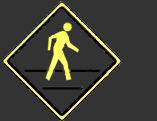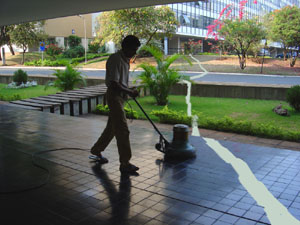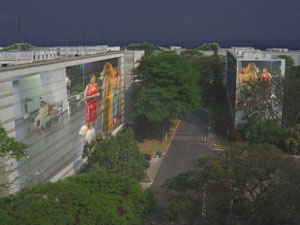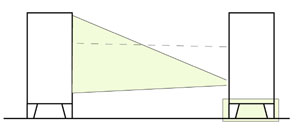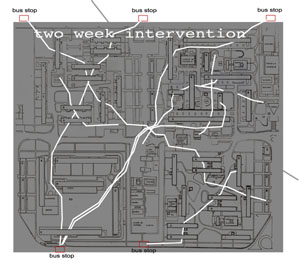
(continued from here)
Interventions
These and other tactics I observed in the superquadras are what inspired the subsequent intervention proposals. Not only was it the idea of my intervening as a researcher in the space of those that I was researching, but the designs take clues from existing practices and phenomena: they highlight and amplify the tactics that I was observing in situ with the field research. Through temporary manipulation and subtle disorientation of familiar elements in the landscape, they actively engage people. Should they be physically realized, responses to the tactics could either test or confirm the research findings.
The scale of the tactic is a human scale and its cycle is quotidian. The tactic considers what is within its field of vision and what it obtains is close at hand. As individual phenomena, tactics exist despite the tendency of planners to overlook them, and they take what the planner universalizes and give it a specific name.
The interventions test political limits because to actually implement them would involve negotiating permission with the condominium association and building syndicate: to paint a line on the floor, borrow hedges, or project images onto the building façade. The negotiation, participation, and cooperation (or not) of the association are also a part of the work.
1. Crossing Boundaries
Location: SQS 108/109/308/309
Phenomena: Public / Collective/ Private spatial mosaic
Operations: Crossing + Activating + Revealing
Elements: Painted Line + Boundaries + Syndicates
In the superquadras, the whitewashing of edges, borders, and curbs is a way of defining space. It is a practice that defines different areas by discriminating between surfaces and materials. The painted edges act as regulating lines that structure our perceptions of space. This landscape is a mosaic of public and collective space that is negotiated by walkers.
Procedure: White lines that represent the wandering lines of pedestrians are painted on the ground. The proposed lines follow actual paths and improvisations of pedestrians as they move through the superquadras. They begin at bus stops, cross under the pilotis, cross open spaces, and end at the random places that people stop or enter buildings. Condominium associations become an active part of the intervention through negotiation; permission to paint on the floor with paint, although temporary, is an essential part of the process. Treatment of the line after installation is also a part of the work, by mediating the line it becomes interactive and engaging. Its removal, whether by time, wear, or by washing is also a part of the work.
2. Intersecting Pedestrian and Boundary
Location: Superquadra109 Sul Open Space
Phenomena: Walking + Footpaths + Barriers
Operations: Cutting + Pushing + Intersecting
Elements: Pedestrian + Cerca Vivas + Public Space
Procedure: Existing cerca vivas that surround buildings are to be temporarily appropriated. The long cerca vivas will be cut into smaller fragments, planted in moveable containers on wheels, and pushed into the public space to intersect with the web of heavy footpaths that weave through the open spaces. No longer surrounding the private space, the cerca vivas now lose their potency as barriers to the buildings, and instead become adaptable fragments that intersect with pedestrians in public space.
Possibilities: They can now be pushed to interrupt pathways, reappropriated, or possibly even become stolen property. The intention is to activate and monitor these mediations.
3. Spectacularizing Surveillance
Location: SQS 108/109/308/309 Buildings with surveillance in the pilotis
Phenomena: Surveillance
Operations: Exploiting + Displacing + Activating
Elements: Building surfaces + Surveillance projections +Scale
Procedure: Surveillance is magnified by projecting the images it "captures" onto a nearby building façade at night. The surreptitious quality of surveillance is exposed by enlarging it to the superhuman scale of the apartment blocks. This scale enlargement is a reversal of the usual scale reduction of tactics. By bringing the human-scale tactic (surveillance) to the scale of the collective body (building), the new scale more adequately matches the scale of the collective body that it benefits (building association).
Like advertising billboards, projected surveillance images transgress into private space by their placement within the field of vision of the residents. They enter the apartment and are visually consumed by the residents. Residents are now confronted with the product of their own tactics as they participate in its consumption.
Wendy Andringa teaches Landscape Architecture at Syracuse University/SUNY ESF in Syracuse, New York. You can download the full version of this text here.
